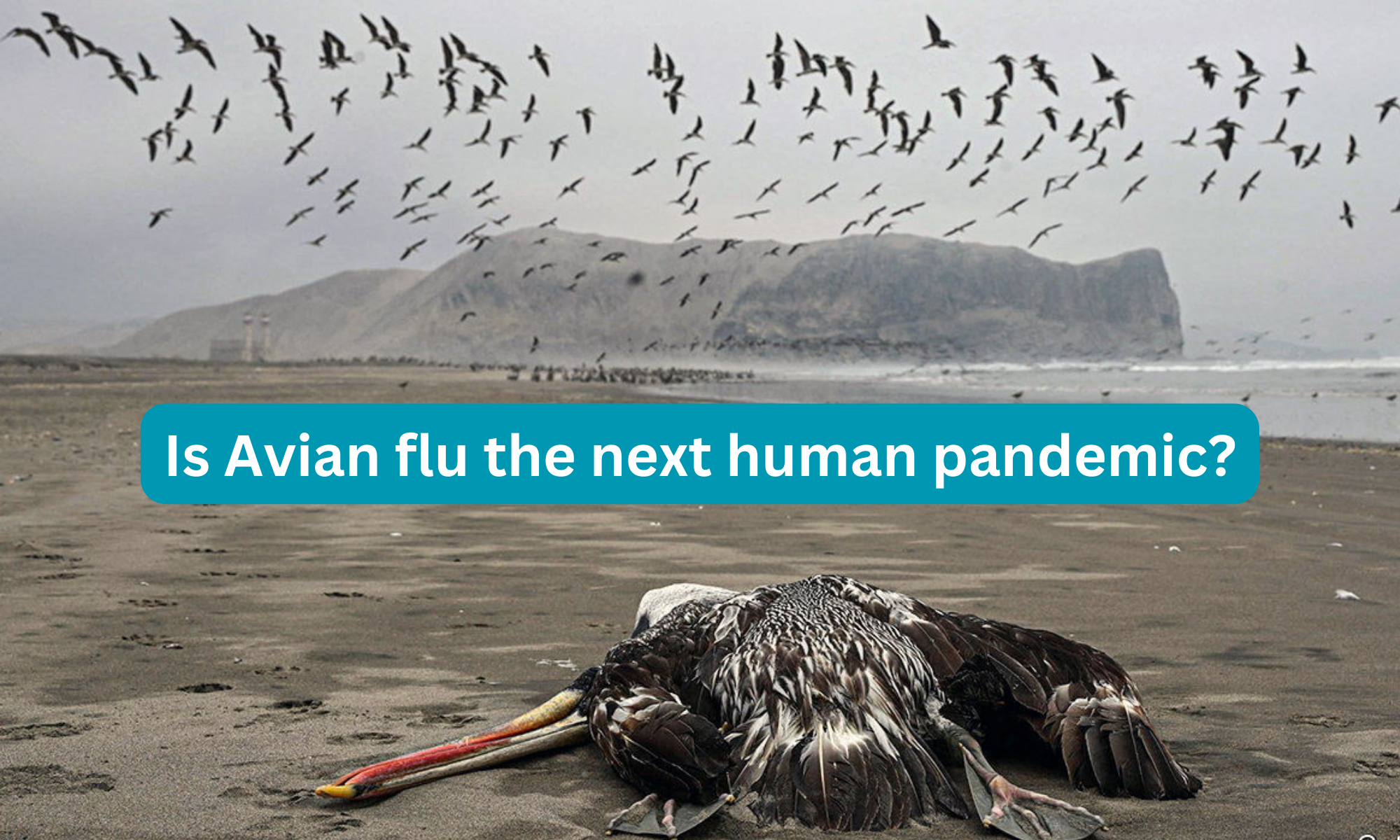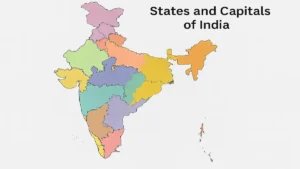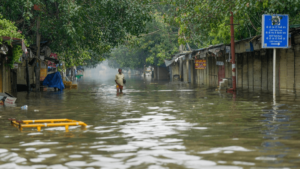Is Avian flu the next human pandemic?
Worldwide, populations of domestic poultry and wild birds are being decimated by The Largest Reported outbreak of avian influenza. There are growing concerns that it could be harmful to people as well. The World Health Organization’s Tedros Adhanom Ghebreyesus issued a warning on February 8 urging everyone to get ready for a potential bird flu pandemic.
Buy Prime Test Series for all Banking, SSC, Insurance & other exams
Avian flu: Is it the next human pandemic?
- The recent spread of the influenza virus H5N1, a subtype that affects both birds and mammals, was what prompted Dr. Tedros’ warning.
- Peru has just reported the H5N1-related deaths of 585 sea lions.
- On a mink farm in Spain, an outbreak was identified in October.
- Foxes and otters in Britain have been proven to have the virus.
- Yet, there is no indication from these occurrences that the virus is about to infect humans.
- People often only become infected with H5N1 after handling birds since it is not well adapted to infect mammals’ upper respiratory tracts.
- Yet, the growing number of species that carry the disease indicates that the threat is growing.
- Dr. Tedros stated that there is little risk to humans, but cautioned that this may not always be the case.
Avian flu: Pre-Covid Assumptions
Before COVID-19, it was commonly believed that an influenza virus would be responsible for the subsequent human pandemic. Over 50 million people died from the 1918 influenza epidemic, which was later shown to have avian origin genes. Moreover, flu pandemics struck in 1968, 2009, and 1957–1958. Although human occurrences of avian flu are uncommon, they can have extremely high fatality rates. Following an outbreak in Asian poultry, avian flu claimed the lives of 860 people in 1997, killing half of them.
There is no evidence that H5N1 spreads easily between people. However since the outbreak in 1997, the virus’s capacity to transfer from birds to humans has changed as a result of its ongoing evolution. It is concerning how far it has already gone, especially in the Americas. Unexpected new varieties of the virus could appear as it comes into contact with new bird and animal populations.
‘Omorgus Khandesh’ is a Newly Discovered Indian Beetle by Zootaxa
Avian flu: Mammal-to-mammal spread
Mammal-to-mammal spread would be of special concern. The theory that the sea lions contracted the virus through dead, diseased seabirds rather than from each other has not yet been confirmed by experts. Although the animals at the Spanish fur farm were killed and mammal-to-mammal transmission believed to be extremely unusual, it appears that mink-to-mink infections happened there.
- Existing avian flu vaccinations do not elicit a robust immune response.
- The majority are created using an antiquated technique that requires letting chicken eggs incubate the vaccines.
- This requires time. Dr. Tedros’ warning ought to pique interest in modernising flu vaccine production and accumulating antiviral medications.
- It might also lead to increased surveillance of the current outbreak in order to give early notice of any new indications that H5N1 is still capable of spreading across animals.
- Instead, it could be acquiring the capacity to infect people.
UNESCO To Declare the World’s First Living Heritage University
Is Avian flu Dangerous?
The outbreak might be contained by killing contaminated animals and possibly even immunising some flocks of domestic birds. It is difficult to foresee how viruses, such as the covid or influenza, will evolve. But even though the risks seem modest, the indicators of bird flu are concerning enough to call for preparation for the worst.
Also Read: Ladakh to host India’s First Frozen-Lake Marathon at Pangong Tso
Find More Miscellaneous News Here




 States and Capitals of India, Check the ...
States and Capitals of India, Check the ...
 Daily Current Affairs 16th September, 20...
Daily Current Affairs 16th September, 20...
 Top-10 Flood-Prone Cities in India 2025:...
Top-10 Flood-Prone Cities in India 2025:...

